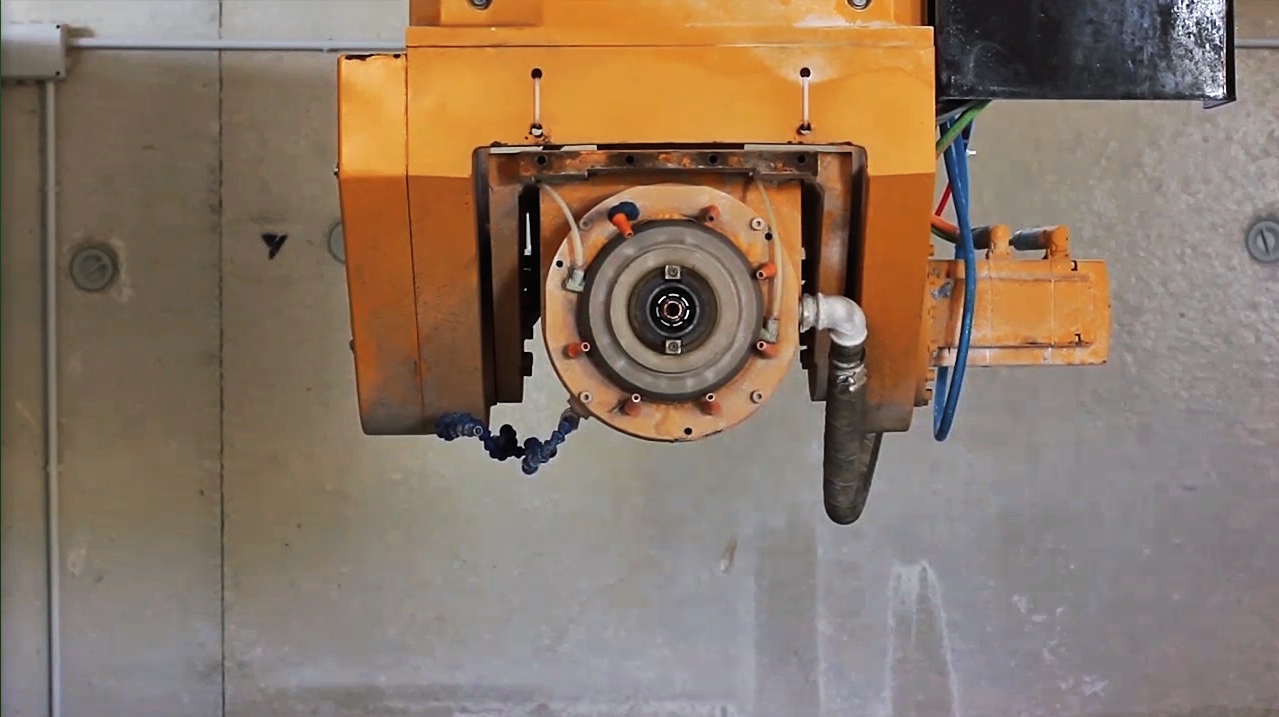
GIUSEPPE LANA
L’UCCISIONE DI PRIAMO
a cura di /curated by Agata Polizzi
09.09.2015>09.10.2015
Una traccia è il segno della nostra presenza nel mondo, è di per sé vissuto e segno tangibile. La traccia è il codice esistenziale attraverso cui registriamo il nostro passaggio. Sono le tracce che costruiscono il vissuto.
L’uccisione di Priamo è una traccia del nulla, di ciò che era e non è più, di ciò che sarebbe potuto essere; è una riflessione tagliente sulla mancata consapevolezza del patrimonio umano, culturale, materiale che ci circonda, un capitale raro e prezioso, spesso negato.
Nel 2013 viene irrimediabilmente danneggiato il bassorilievo in gesso di Antonio Canova (L’uccisione di Priamo 1787/1792) durante la rimozione dall’Accademia di Belle Arti di Perugia, fatto sconcertante che sottolinea il bisogno di riflettere sulla tutela del bene e sulla “responsabilità”.
Giuseppe Lana, prendendo spunto da questo episodio, ripercorre la memoria dei fatti lasciando che l’esperienza dell’assenza dia vita a qualcosa – né oggetto né azione- direi piuttosto una narrazione, insieme tangibile ed effimera, invisibile eppure evocativa.
Nell’opera di Lana il movimento ipnotico della macchina telecomandata da input elettronici, affannosamente ricostruisce nel vuoto una “non materia”, che è anche “non identità”, un lavoro di rarefatto silenzio che esalta un gesto vano in una totale mancanza di un senso.
Lana si muove al limite della metafora, amplia la sua ricerca alla perdita della coscienza collettiva, smisurata assenza di una civiltà culturale che è insieme anche perdita di rispetto e attenzione verso l’altro e verso se stessi.
Dunque se è vero che esistiamo solo nella sovraesposizione e muoriamo nell’oblio, in una sfrenata corsa all’apparenza e alla visibilità estrema hic et nunc, allora è altrettanto vero che difendere la memoria è l’unica soluzione per ritrovare il senso dell’esistenza, ritrovando l’identità a partire dalla consapevolezza di ciò che è esistito prima di noi.
A trace is a sign of our presence in the world, an experience per se and a tangible mark. A trace is the existential code through which we keep track of our fleeting presence. And traces are the building blocks of our lives.
The killing of Priam is a trace of nothingness, of what was, and no longer is, of what could have been. It is a keen reflection on the lack of awareness about the human, cultural, and material heritage that surrounds us, a rare and valuable legacy that is often denied.
In 2013, the bas-relief in plaster by Antonio Canova (the killing of Priam – 1787/1792) was irreparably damaged while it was being moved from the Academy of Fine Arts in Perugia. It was a disquieting event that stresses the need to reflect on the safeguard of works of art and on the concept of “responsibility”.
Inspired by this incident, Giuseppe Lana traces the memory of facts and lets the experience of absence give life to something—of which it is the object and action—or, better yet, to a narration that is both tangible and ephemeral, invisible and evocative at the same time.
In Lana’s work the hypnotic movement of the machine, remotely controlled by electronic inputs, anxiously reconstructs a ‘non-matter’ in a void which is also ‘non-identity’, a work of rarefied silence that exalts a vain gesture in a total lack of a meaning. Lana borders on the metaphor, expanding his research to the loss of collective consciousness, the boundless absence of a cultural civilization which is also a loss of respect and attention toward others and oneself.
So, if it is true that we exist only through overexposure and die in oblivion, in a frantic race toward appearance and extreme visibility here and now, then it is equally true that protecting memory is the only solution to rediscover the meaning of life, rediscovering identity from the awareness of what has existed before us.